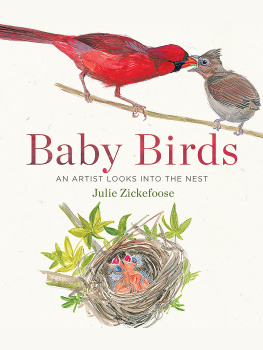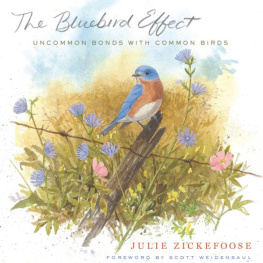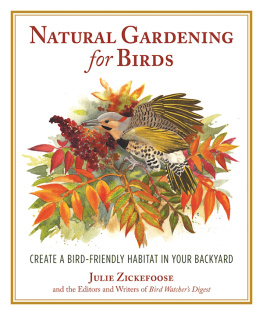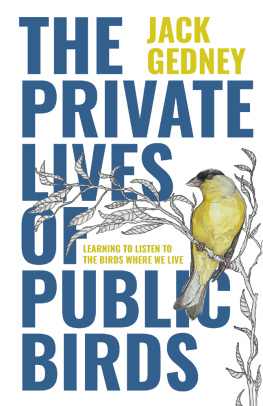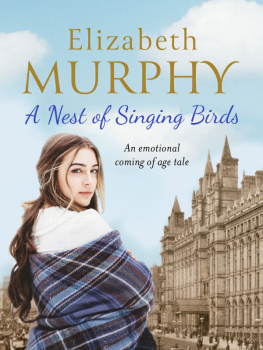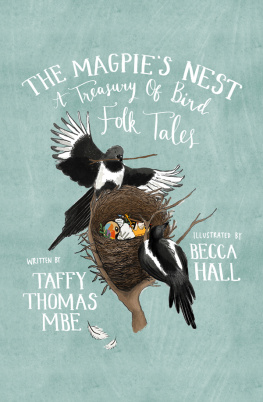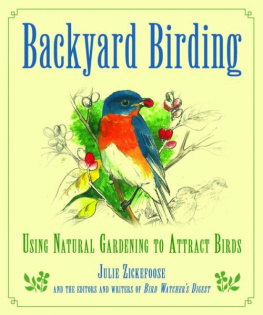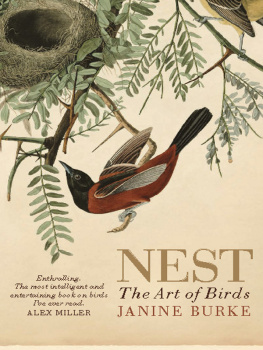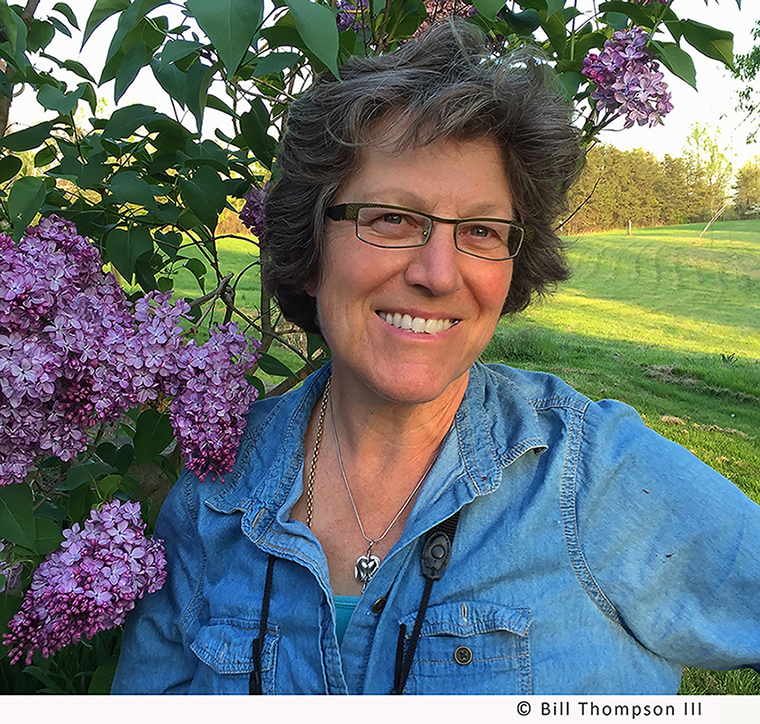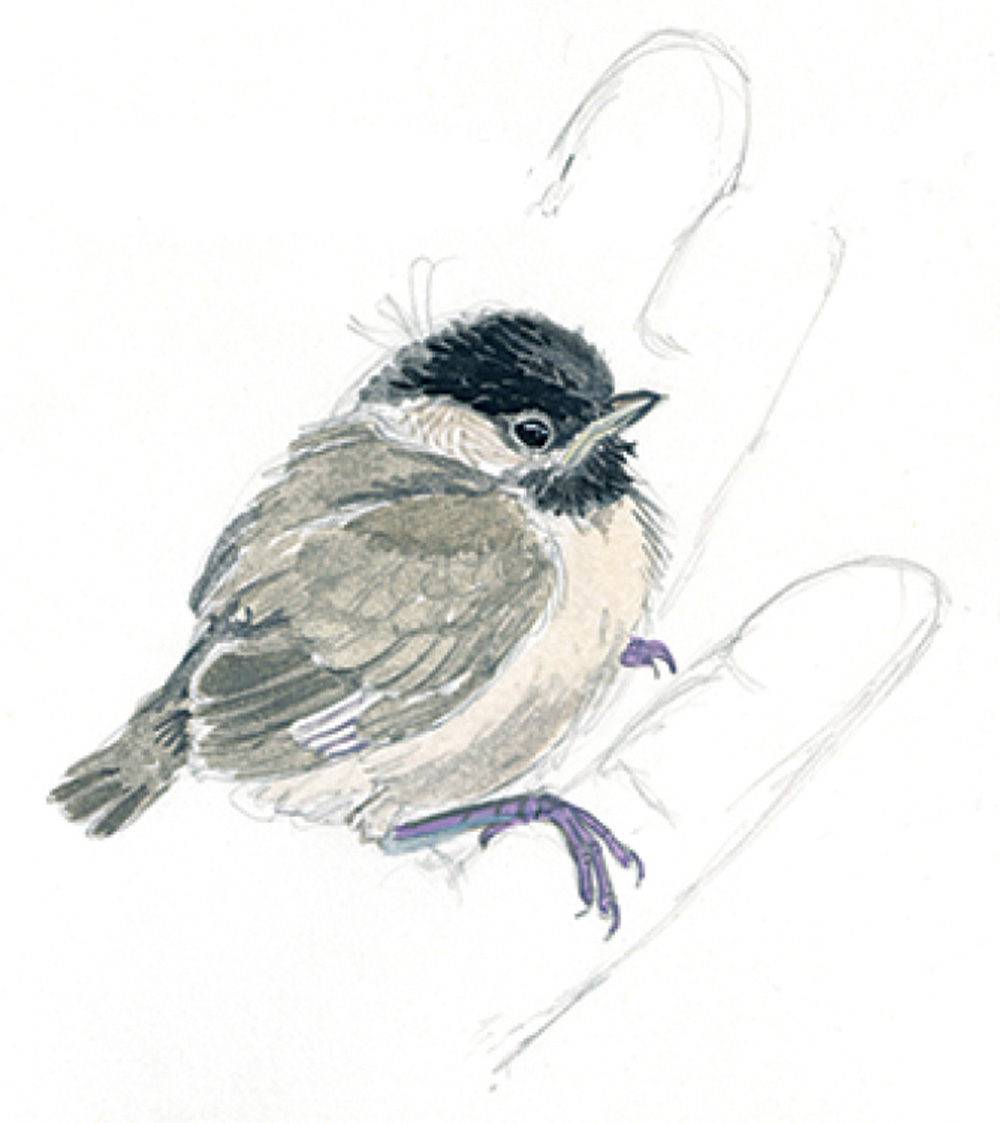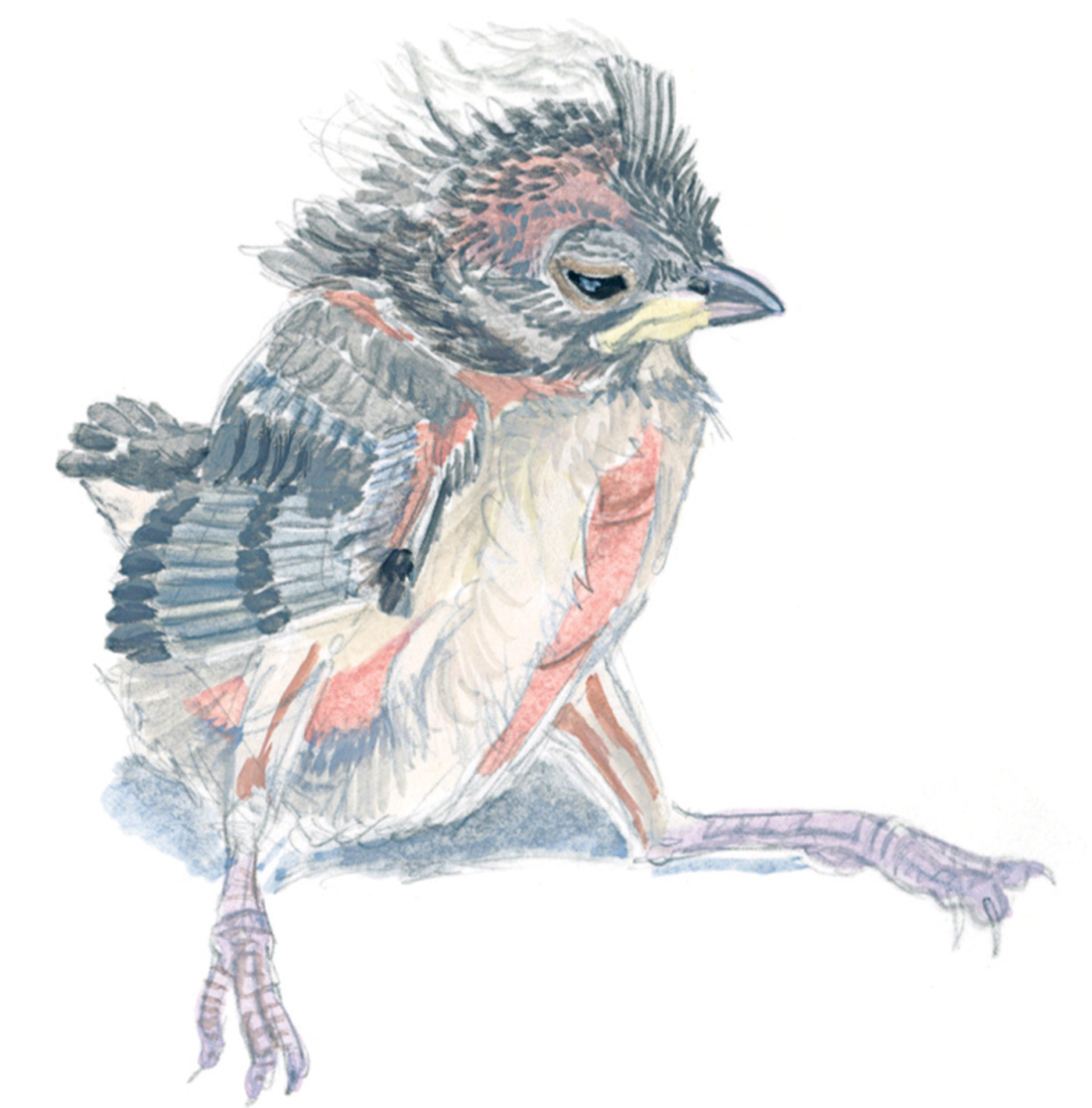Contents
About the Author
J ulie Z ickefoose , author of Letters from Eden and The Bluebird Effect , is fascinated by the interface between birds and people. A contributing editor to Bird Watchers Digest , Zickefoose loves to introduce people to bird watching, and she leads excursions abroad.
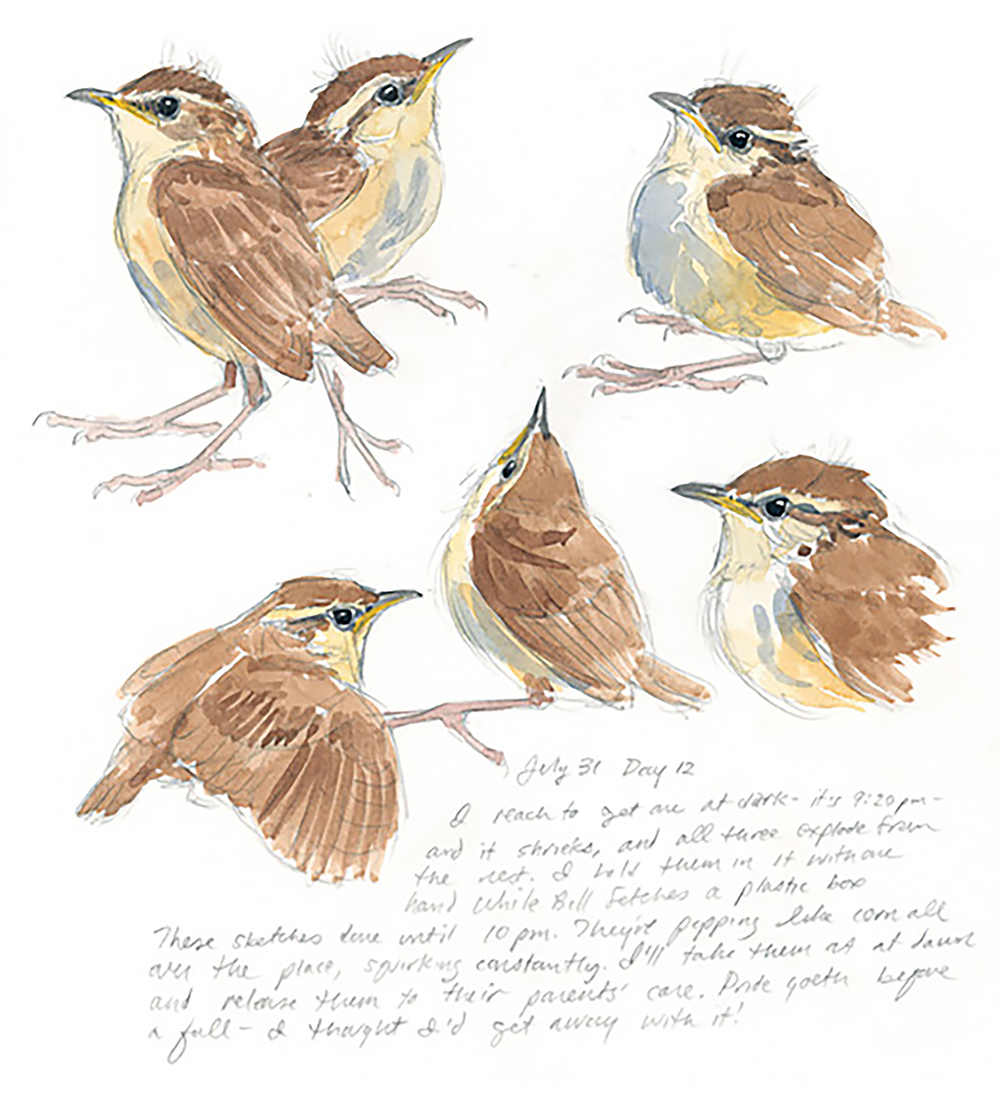
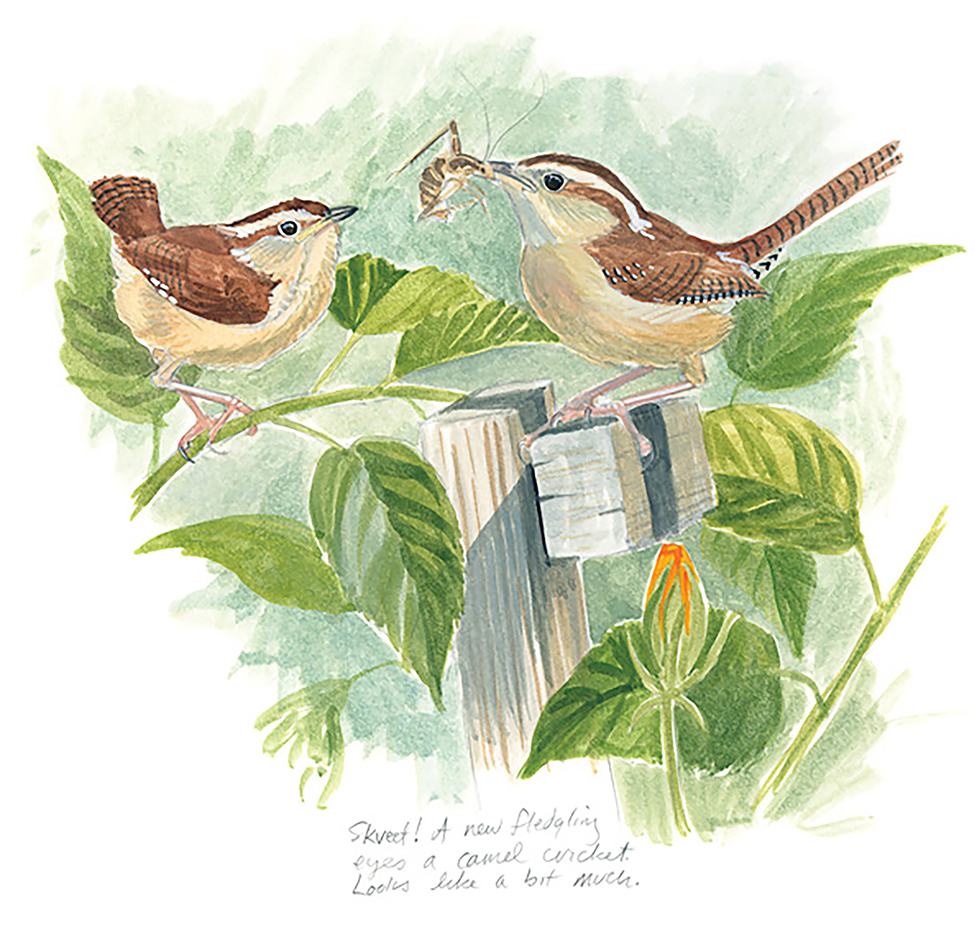
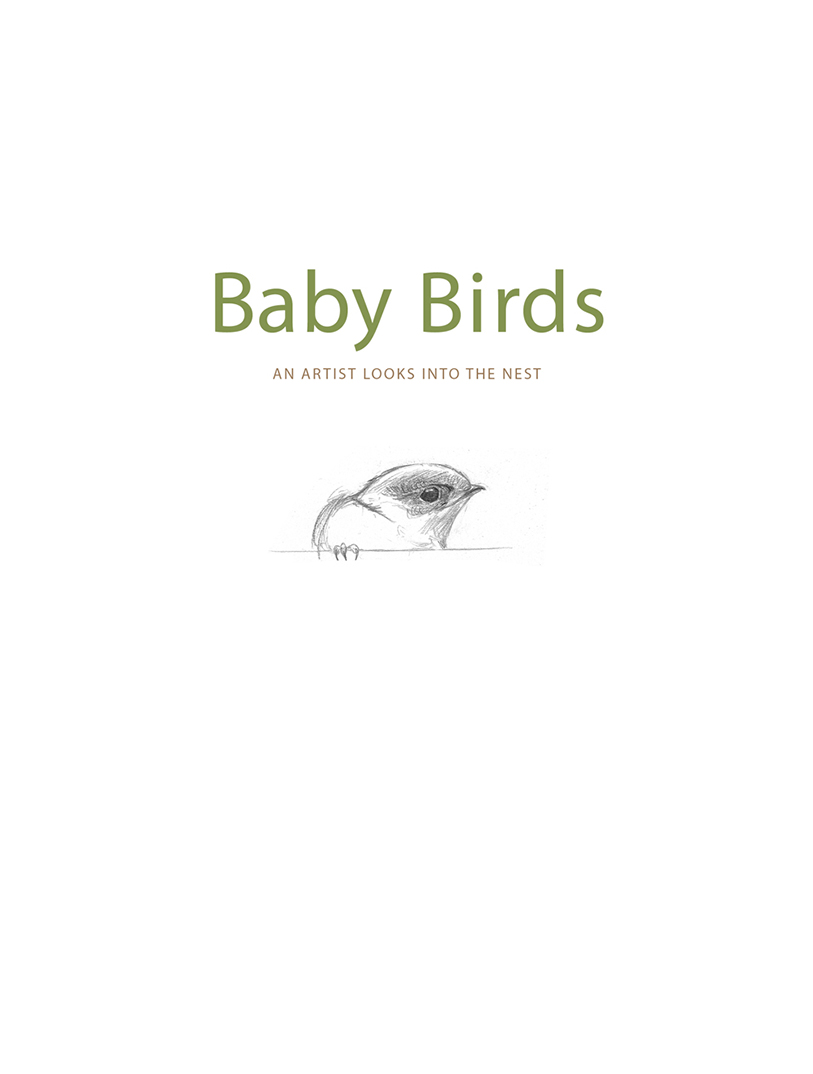
To Ida. Thank you for letting me bring all those baby birds into the house, for letting me turn my bedroom into a jungle aviary, and for allowing me to disappear into the woods and down country roads. Thank you for cultivating excellence in your children without ever once begging, bribing, or rewarding. You were the best mom. And DOD: Thank you for knowing a lot about anything I could come up with, for spinning stories both mundane and astonishing, and for challenging me to think. What good is a warthog? youd ask. I know now you just wanted to hear what Id come up with.
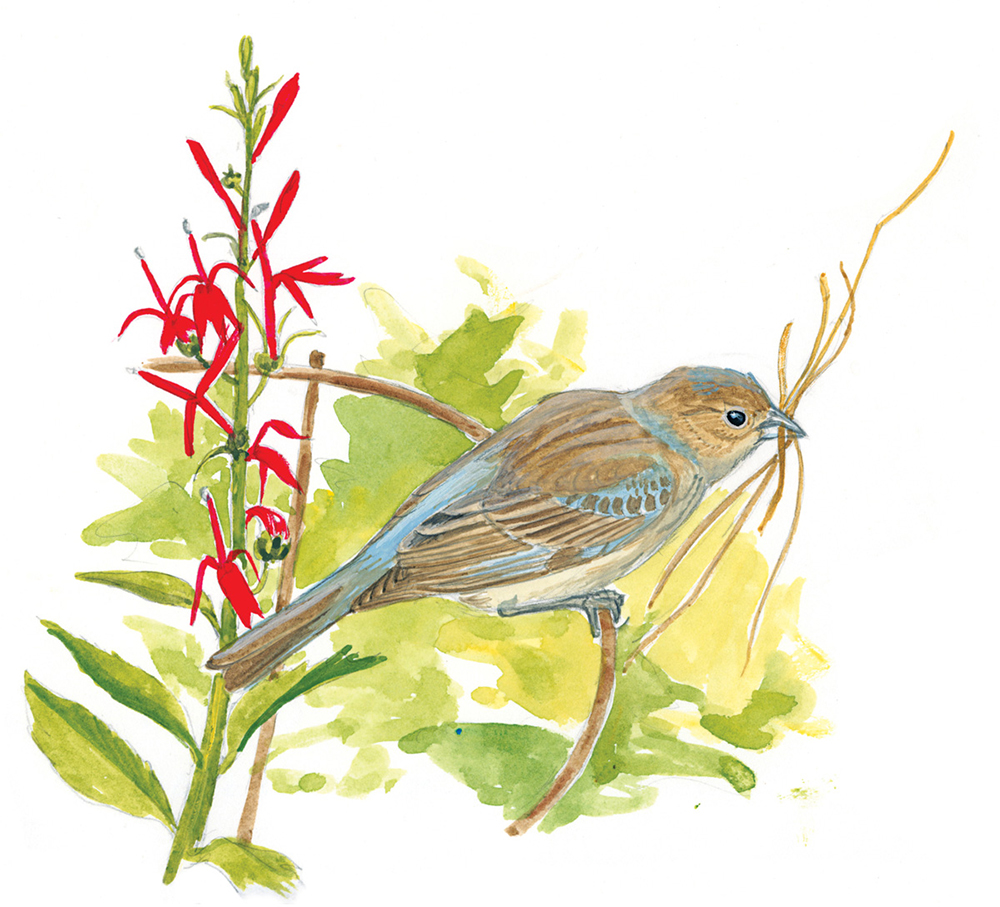
Copyright 2016 by Julie Zickefoose
All rights reserved
For information about permission to reproduce selections from this book, write to or to Permissions, Houghton Mifflin Harcourt Publishing Company, 3 Park Avenue, 19th Floor, New York, New York 10016.
www.hmhco.com
Library of Congress Cataloging-in-Publication Data is available.
ISBN 978-0-544-20670-0
Cover design by Martha Kennedy
e ISBN 978-0-544-20777-6
v2.0416
The author is grateful for permission to reprint the text on pp. by Cynthia L. Routledge.

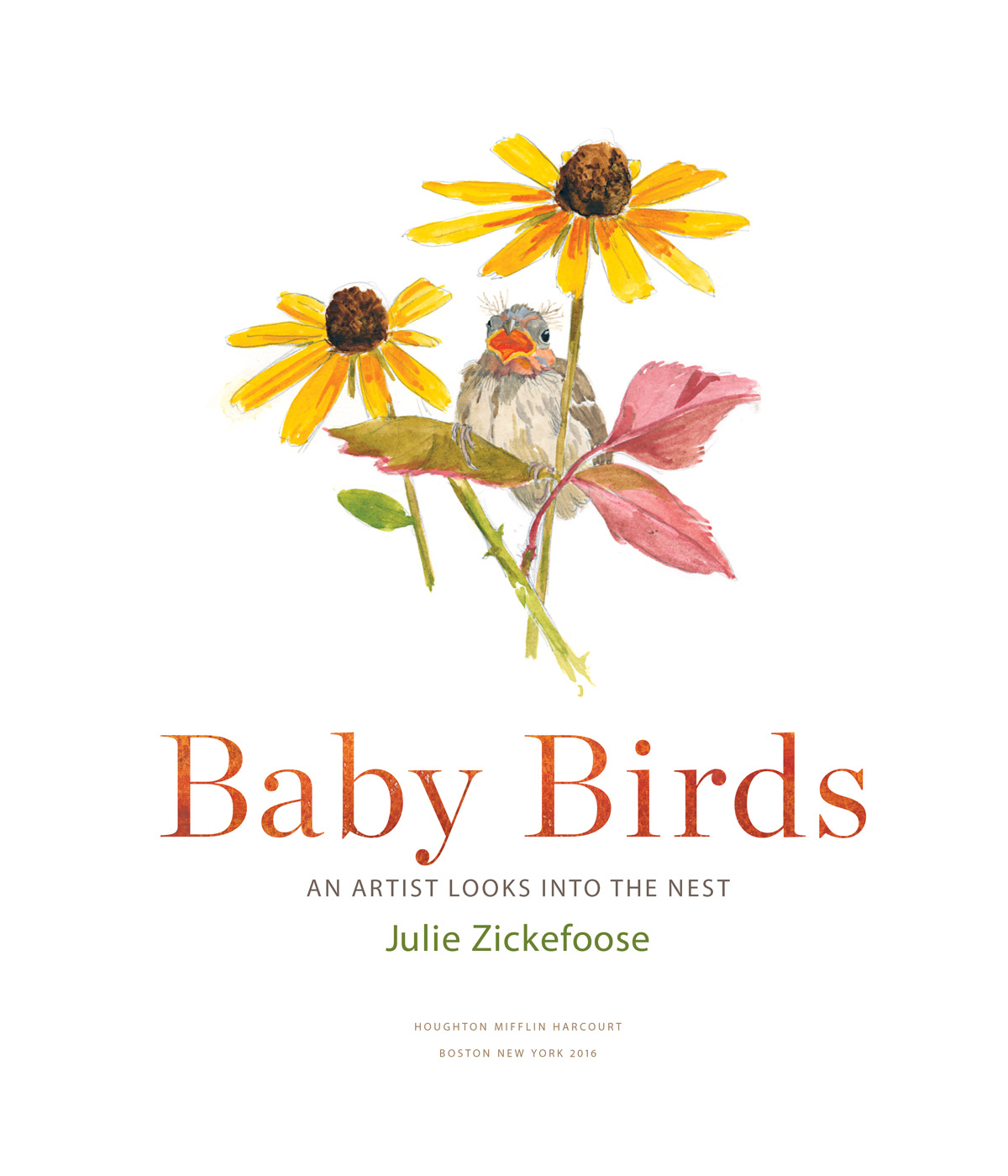
Acknowledgments
M Y DEAR FRIEND D ONNA , in trying to cheer me up, once said, Julie, you have your own gravity. People are drawn to you. True or not, working on a project for thirteen years will pull a lot of good people into ones orbit. Ive made a taxonomy, dividing them into those who brought me baby birds; those who made and loaned images of birds; those who helped in some other capacity; those who helped bring the book to publication; and those who, in many capacities, fed my creative fire along the way.
Theres nothing like being a birds mama to acquaint you with how it behaves, looks, and thinks. Four hummingbirds came in two different nests on July 9, 2003, one nest borne by Lori Hall. Rosetta Dalison brought me five chimney swifts on June 24, 2004, and Gwen Kelby added five more on July 6 of that year. Kandy Matheney and Sandy Fredenburg came bearing two eastern phoebes on June 8, 2006, and Don and Deana Noland gave me a lovely orphaned mourning dove on April 21, 2010. Milford and Fran Fore, directed to me by my redneck pal Jeff Warren, did a fine job raising three eastern bluebirds, leaving them with me on July 7, 2013, to ready them for release. I am indebted to these kind people for the life-changing presents that came chirping, packed in cardboard boxes for me to open.

I prefer drawing from life, and hands-on experience with baby birds, but when I cant get that, photographs are indispensible. Images flowed in from far-flung places as friends answered my call for assistance. Nina Harfmanns photographs of early hummingbird development in southwest Ohio made it possible for me to paint that sequence, while Dan Kaiser contributed some vital images of later development and of hummingbird and tree swallow parental care. Shila Wilson patched in two days of tufted titmouse photos when I was called away; Phoebe Thompson did the same with house wrens. Bruce Di Labio shot chimney swift nests in his homemade Ontario nesting tower, augmenting my life studies, while Keith Corliss braved parental wing-slaps to record the daily development of West Fargo mourning doves. Connie Roman made comprehensive daily portraits of New Jersey house finch nestlings when asked nicely. Cyndi Routledge went above and beyond the call in photographing and ferociously protecting prothonotary warblers in her Tennessee nest box, and also teetered on a ladder to photograph barn swallows, which I ran out of time to paint. Diane Tracy and Shannon McNeil kindly loaned yellow-billed cuckoo photos from their studies of endangered California birds. BeaAnn Kelly provided a cuckoo threat display shot. Tim Shreckengost and Alan Poole greased some skids for that chapter. It is no coincidence that most of these people were already friends; theyre curious and brave, the same kind of crazy as I am.
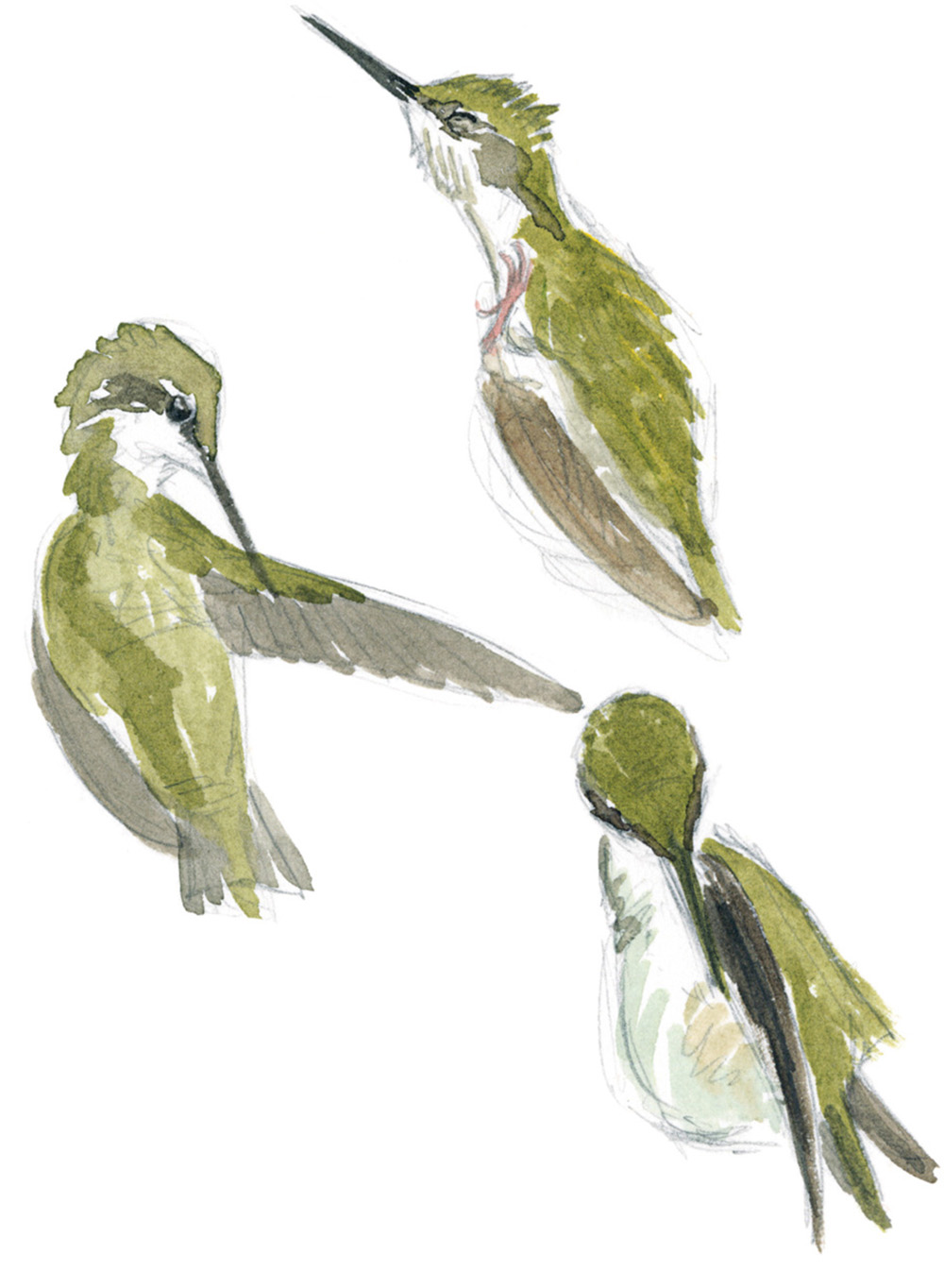
In a quest to provide a solid scientific background for my observations, I turned again and again to Birds of North America (a joint project of the American Ornithologists Union, Academy of Natural Sciences, and Cornell Lab of Ornithology). Running across my own drawings in its species accounts makes me smile. I thank editor Alan Poole for caving when, upon viewing the first few species accounts to be published in 1992, I wrote and essentially demanded to be engaged to illustrate it. I recall saying, You need me. Now I need a daily dose of BNA; the electronic version is always open on my laptop. There are few questions about North American birds that BNA cant answer, and most of them have to do with cuckoos. I thank Bob Mulvihill for illuminating the subject of molt and setting me off on avenues of inquiry, and Dr. Janice Hughes for cheerfully lighting my way through the tangle that cuckoos have made of their own breeding biology. Thanks to Dr. Terry Whitworth for identifying the bird blowflies I tweezed out of house wren nestlings, grew in a jar, and sent to him.
I am indebted to the dedicated wildlife rehabilitators at the Ohio Wildlife Center for standing ready to receive several thousand birds and animals each season, for doing their best to save as many as they can, a good number of them referred by me. My fiddling with the few that Im able to help is but a drop in the ocean of need in this state. Private wildlife rehabilitators, who give their time, money, and energy trying to fix what people and their cars, windows, and free-roaming cats break, are my heroes. Thanks to Lee Hermandorfer for transporting broken birds, and to avian rehabilitator Astrid MacLeod for essential advice on raising swifts, hummingbirds, and others.

